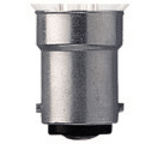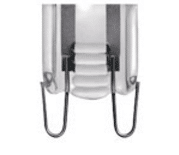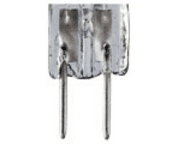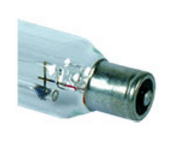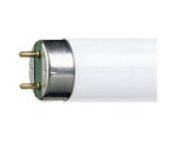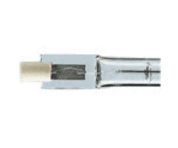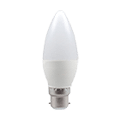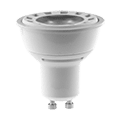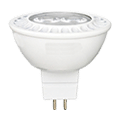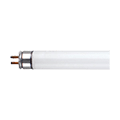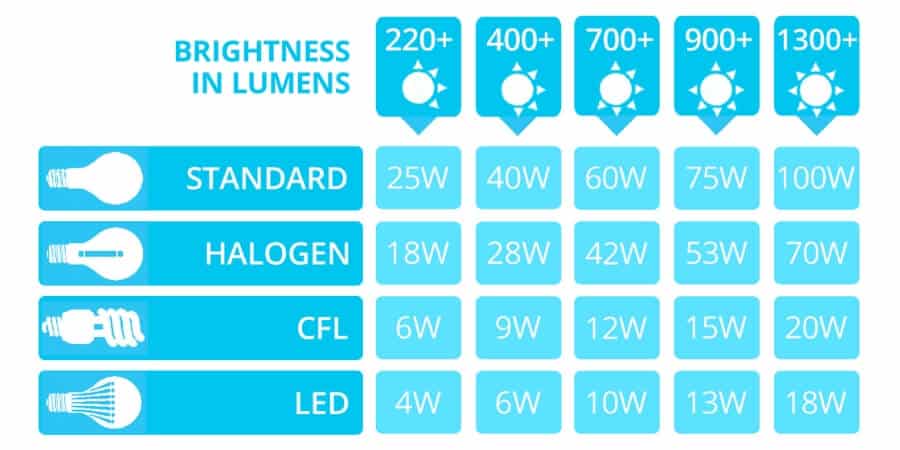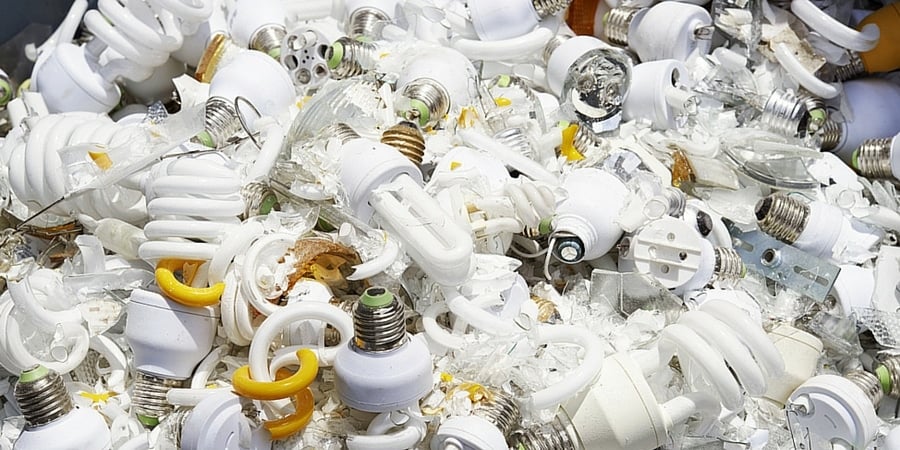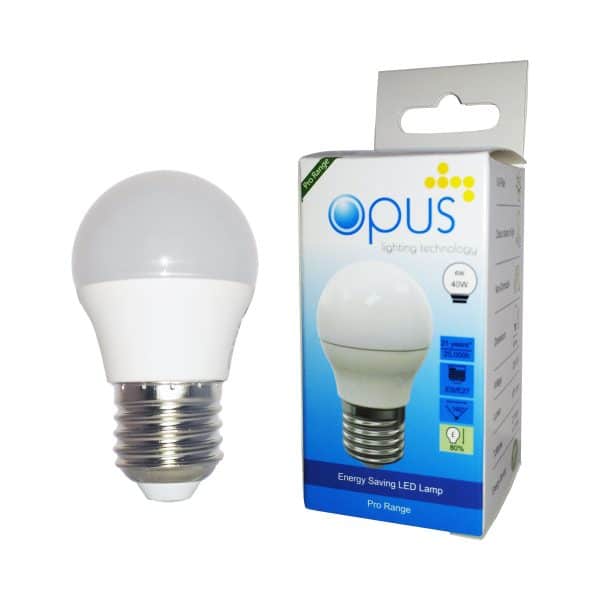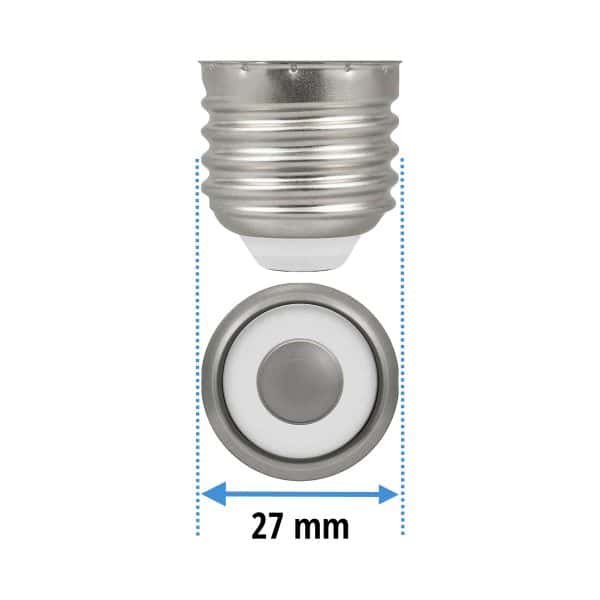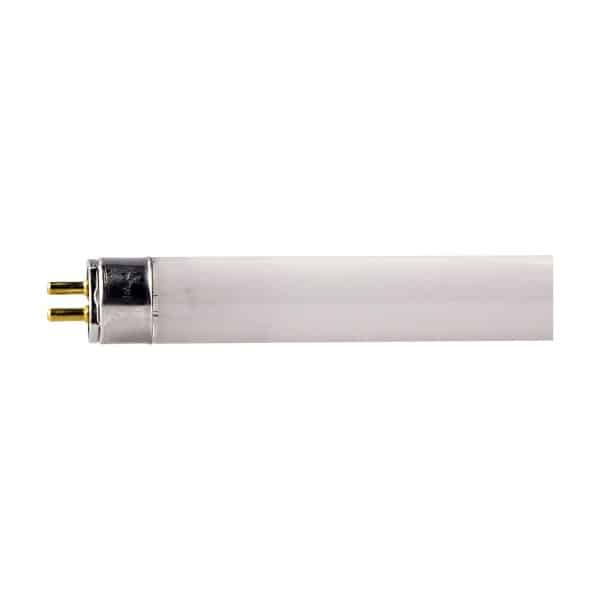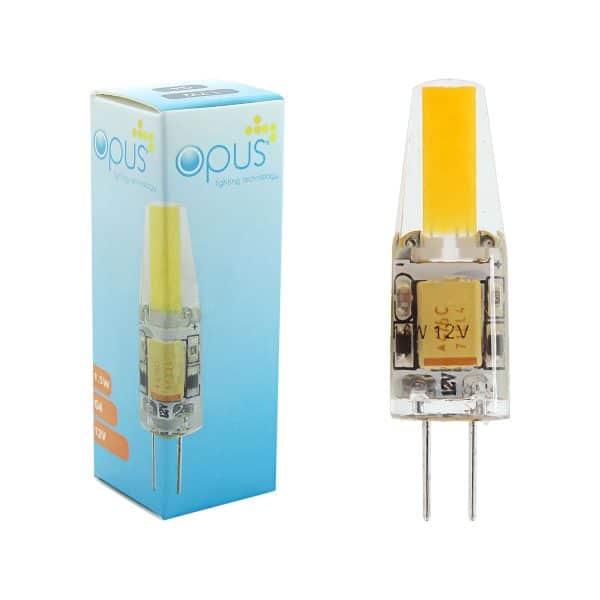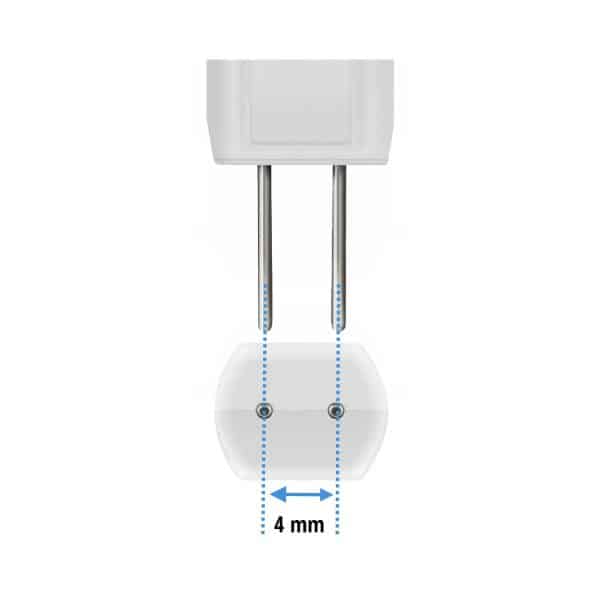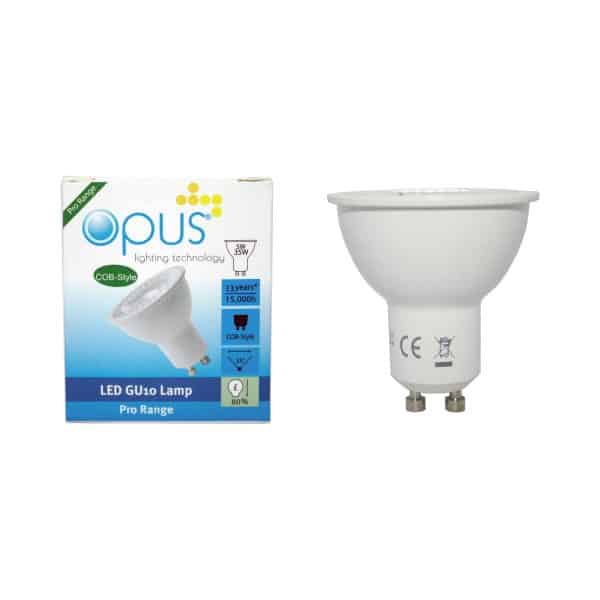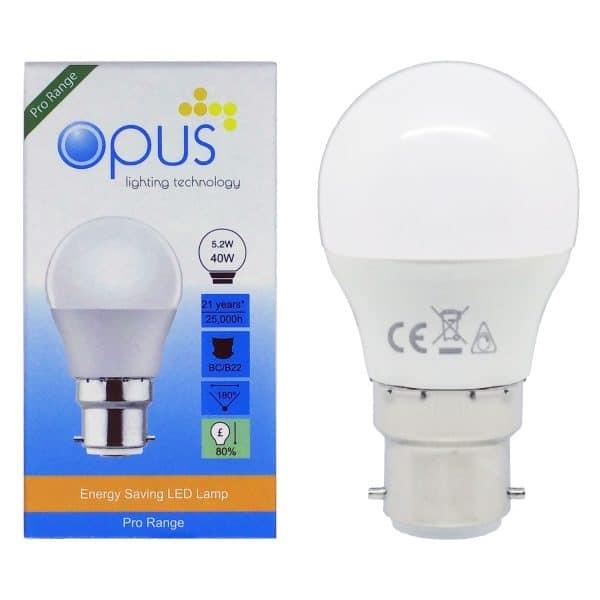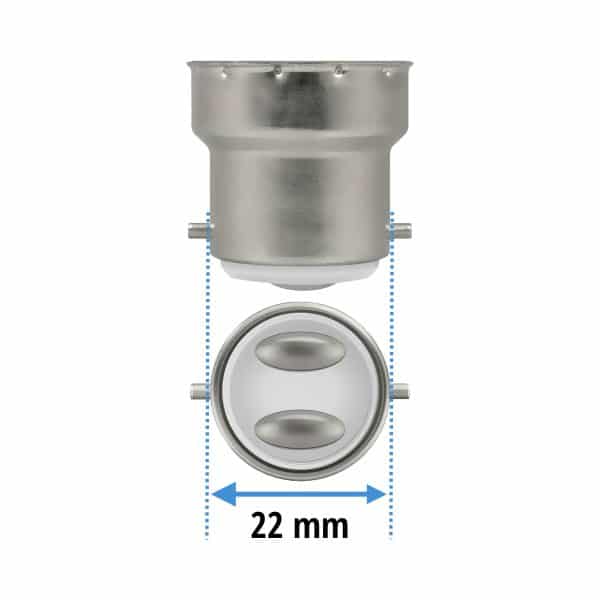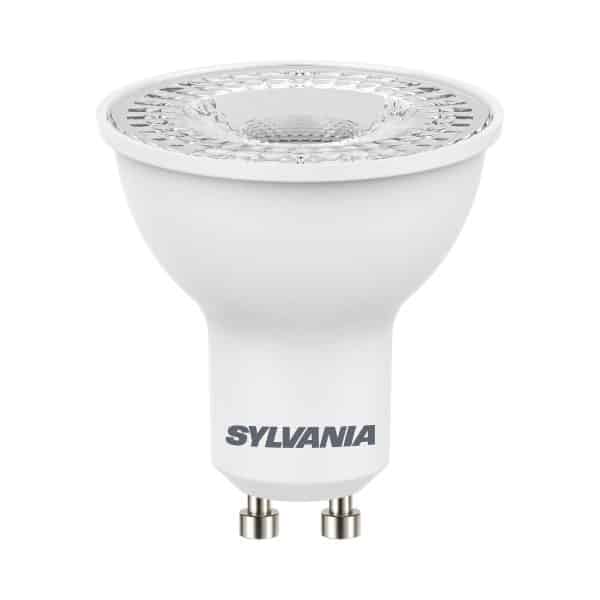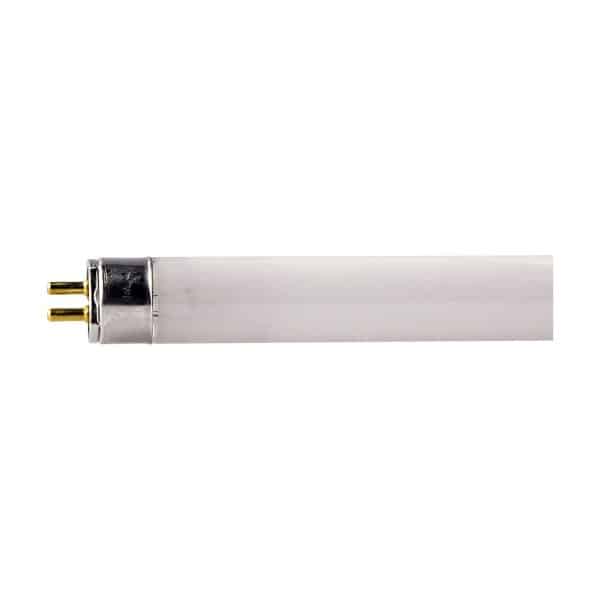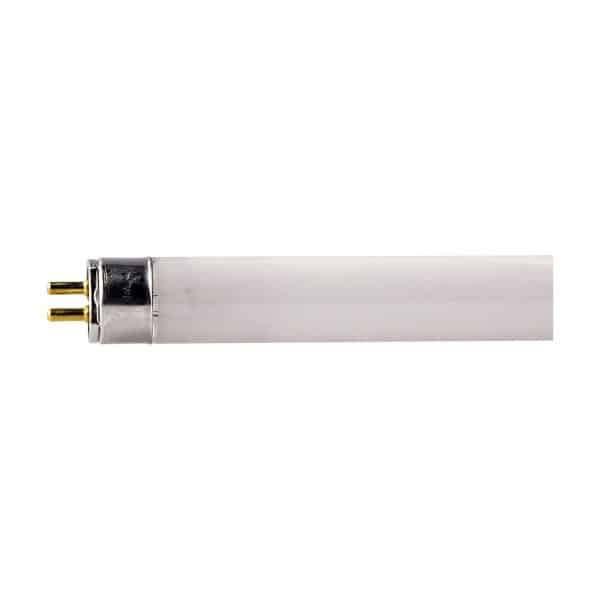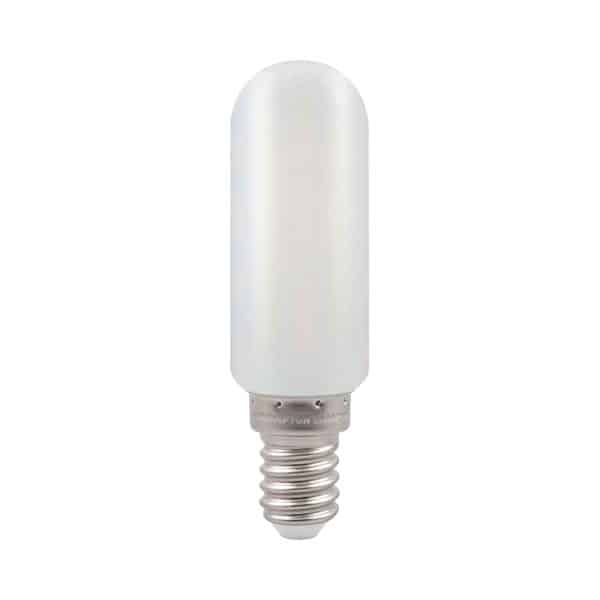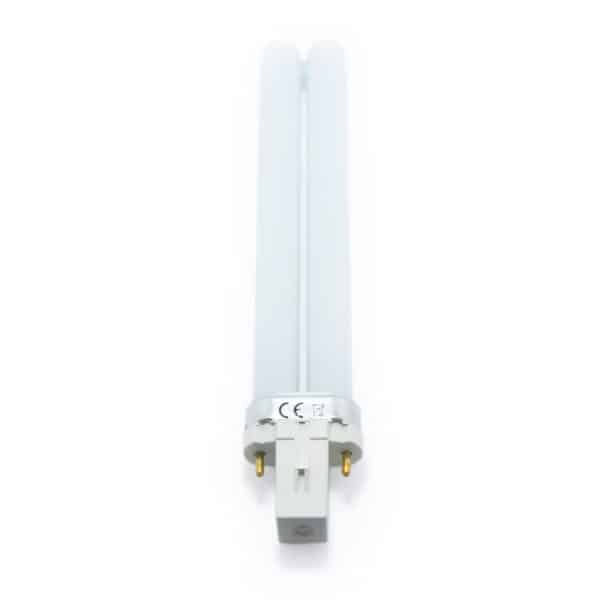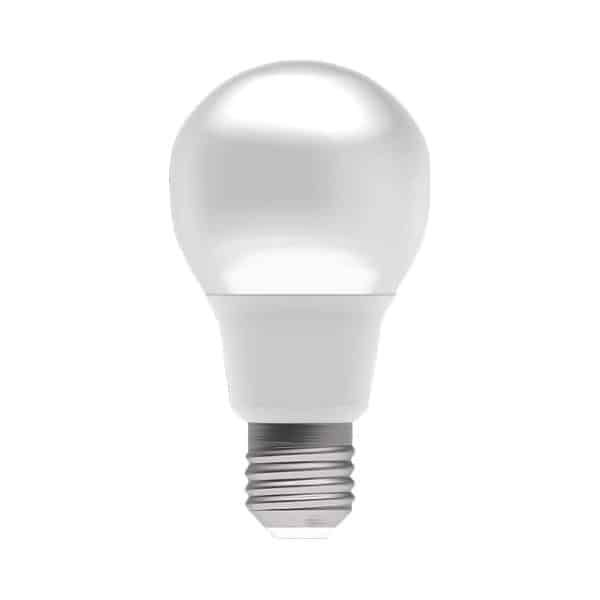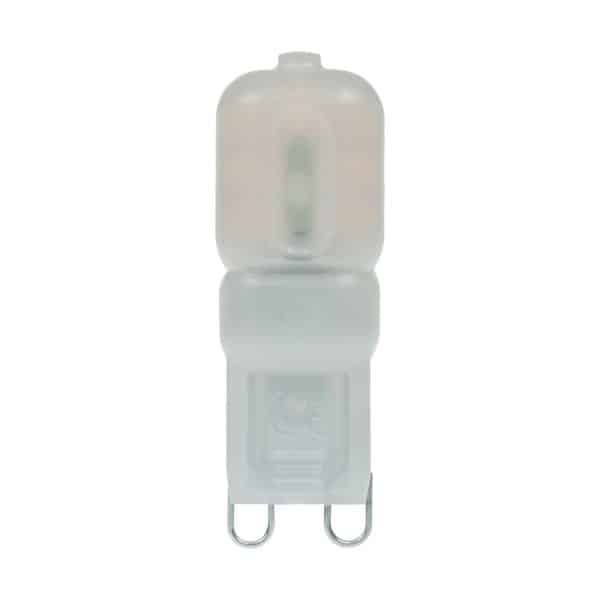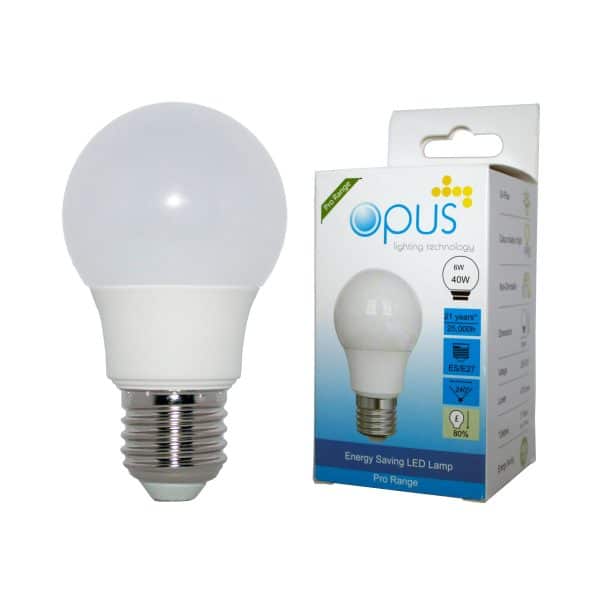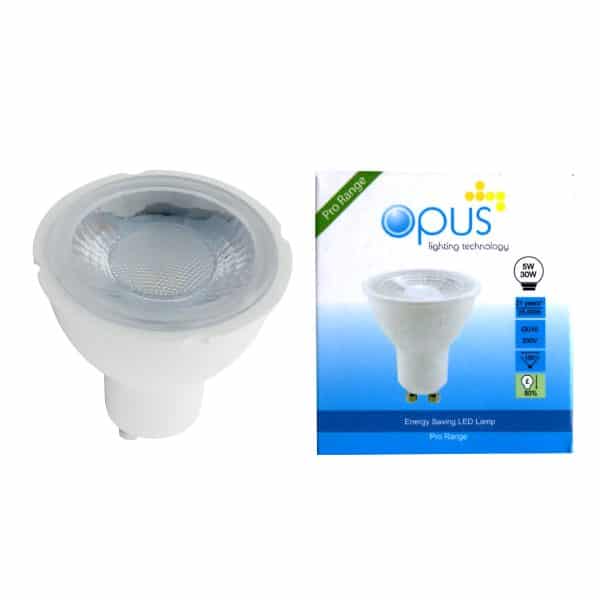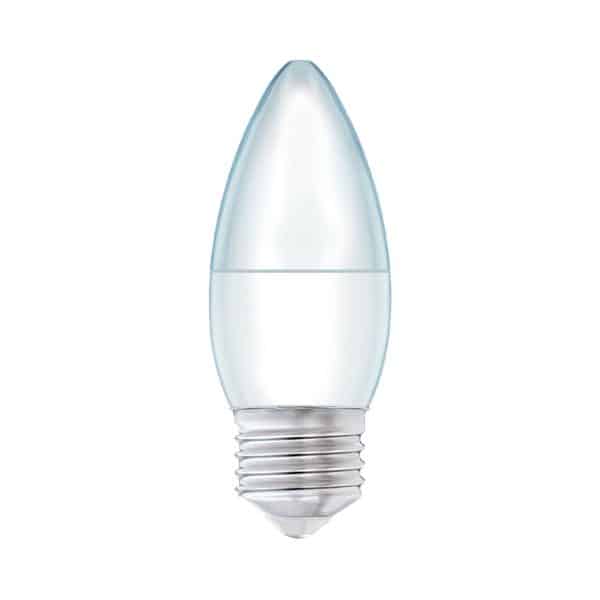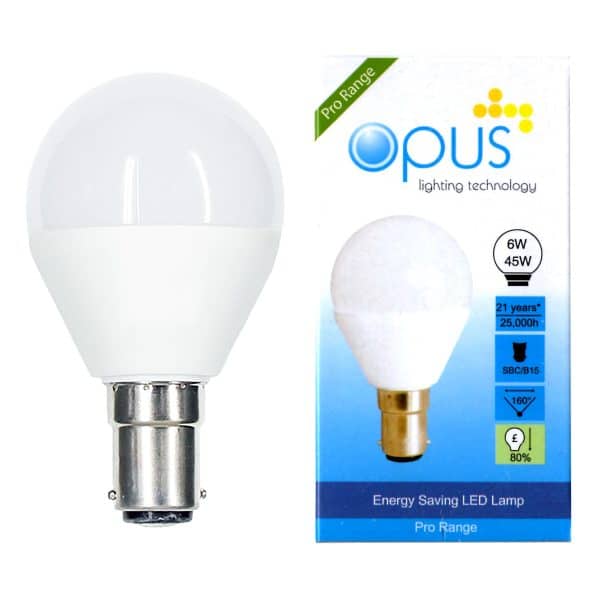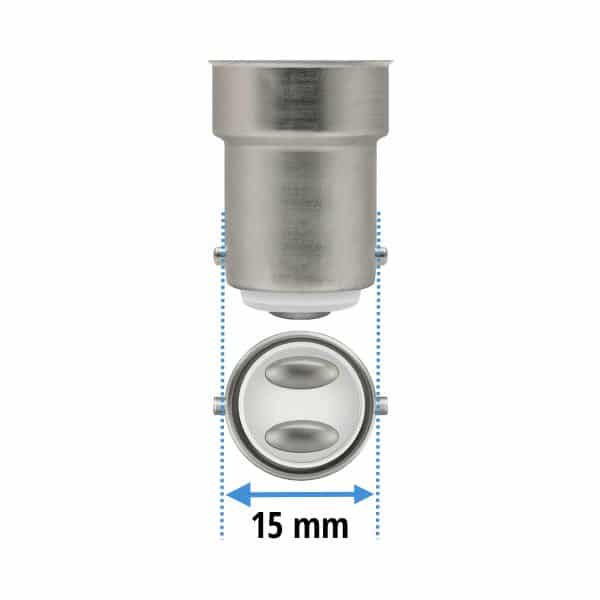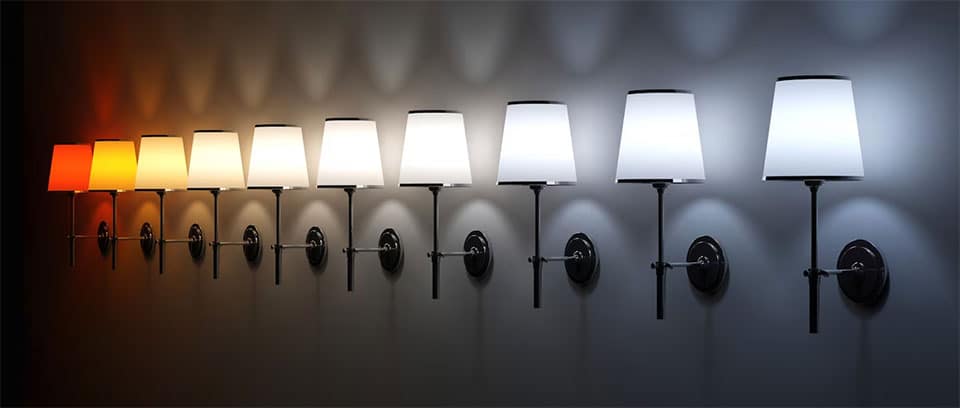Over the years, you may have noticed (or heard) that lighting and all its characteristics have a profound impact on animals, plants, insects—basically everything on earth. It should come as no surprise to you that the colour temperature of light has an effect on living things as well, including humans.
Armed with this information, you can select light bulbs based on their impact on humans and use them to influence yourself, your employees, or your customer’s behaviour(s) and their impressions of the space.
What is Correlated Colour Temperature (CCT)?
Let’s start with the basics. What exactly is “correlated colour temperature”?
White light can vary in tone from a very warm white to daylight white. Some lamps, like incandescent bulbs, emit a warmer light, while other bulbs like LEDs provide a wider range of colour temperatures to choose from.
Correlated colour temperature measures the appearance or tint of a white light source in degrees Kelvin on a scale from 1,000 to 10,000. Unlike measuring temperature in degrees celsius, the warmer a white bulb’s light is, the lower its temperature will be—that means that a cooler colour temperature has a higher number value.
For reference, candlelight has a colour temperature of about 2,000K, while sunlight has a temperature of about 5,600 – 6,000K.

Learn more about Correlated Colour Temperature.
How does light affect humans?
Just as it impacts everything else on the planet, light also has an effect on humans. From the brightness to the refresh rate to the colour of the light itself, natural and artificial lighting can impact how we feel both emotionally and physically. Light can alter our:
- Mood
- Energy levels
- Productivity
- Impulsivity and self-control
How does Correlated Colour Temperature affect humans?
CCT subconsciously impacts us by affecting our perceptions of physical temperature and air quality—cooler light temperatures can make us believe the light is brighter, the air is fresher, and the physical temperature is colder.
Beyond impacting our perception, colour temperature also makes a visible difference in the appearance of a room. Selecting the right colour temperature can have a significant impact on the feel and functionality of any space:
Very Warm White (2,000-2,700 K)
Very warm white is equivalent to the colour temperature of things like dawn and dusk, candlelight, and fire light. This colour of lighting is ideal for creating a warm, cozy environment that is best suited to relaxing, encouraging creativity and conversation, or even signaling to the brain that it is time to sleep and potentially improving sleep quality.
Use very warm white lighting in:
- Bedrooms
- Bathrooms
- Dining rooms
- Living rooms
- Fine dining restaurants
- Decorative lighting
Warm and Warm White (2,700-3,000 K)
Like very warm white, warm and warm white temperatures are calming, inviting, and relaxing. Because of their similar colour tone, there is some overlap in their applications.
Warm white lighting can also be used in:
- Bedrooms
- Bathrooms
- Dining rooms
- Living rooms
- Decorative outdoor lighting
- Restaurant or commercial ambient lighting
BROWSE WARM AND WARM WHITE BULBS
Cool White (4,000-4,500 K)
Cool white light is not quite as cool as daylight, but similar to daylight, this colour temperature triggers our brains to stay alert, promotes focus and concentration, and makes it easier for our eyes to perceive details and perform tasks.
These temperatures are ideal for:
- Work environments
- Task lighting
- Accent lighting
- Kitchens
- Bathrooms
- Basements
- Garages
BROWSE COOL WHITE BULBS
Daylight (5,600-6,000K)
Daylight bulbs emit a colour of light similar to sunlight. Like natural daylight, this colour temperature is good for our well-being—it can be calming and give the impression of freshness, make people feel more alert, and it can even increase productivity and work performance.
Daylight light bulbs are ideal for:
- Improving productivity
- Making you feel alert and awake in the morning
- Task lighting
- Display areas
- Security lighting
- Garages
BROWSE DAYLIGHT BULBS
Conclusion
The brightness of a particular light has a well-documented impact on humans, but the impact a light’s colour temperature may seem less obvious. While the impact of colour temperature may not be immediately apparent, if you think about it, it’s actually fairly instinctual:
- When you want to feel cozy, relaxed, and warm, select warmer coloured lighting.
- When you want to feel more awake, alert, and productive, select brighter, cool coloured lighting.
Use the Colour filter on the left to browse by colour temperature.



